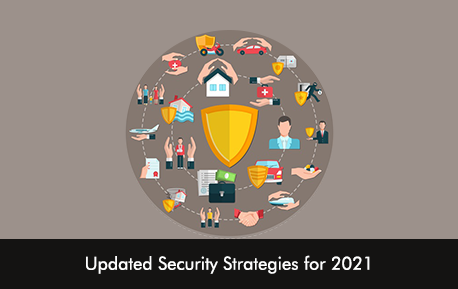Over the years healthcare has evolved as patient and provider experience and communication have become more interconnected. The increasingly linked ecosystem requires security strategies that protect patient data. The use of virtual care platforms like Telemedicine EMR Software systems and a rise in digital interactions via Patient Portal EMR Software systems bring new care opportunities for patients but also offer new challenges for healthcare organizations to make sure that data is properly protected from ransomware attacks and other cybersecurity threats.
In 2016 the Ponemon Institute published a paper that revealed that criminal attacks have increased by 125% since 2010 leading to a rise in data breaches in the healthcare sector. Healthcare organizations need to be prepared beforehand and make patient data protection seriously to cut down the risk from cyber-attacks.
What are the biggest security challenges?
Due to the COVID-19 pandemic more and more patients and providers are resorting to digital healthcare solutions and due to the vaccination rollout, an increasing amount of patient data is available online. Healthcare organizations face the major challenges of keeping IT software systems secure around the clock and protect patient data that is exchanged between relevant stakeholders in the healthcare sector. Health records don’t have an expiration date which means cybercriminals are on the lookout for identity theft and insurance fraud.
How do organizations make sure that patient data is secured?
Any security gaps need to be addressed quickly before a cyber-attack takes place. The following security measures in 2021 can be deployed in organizations to keep patient data protected against constant security threats.
- Implement access controls – When hospitals restrict give access to only authorized users then chances of cybercrimes automatically go down. Only relevant and trusted personnel have access to patient data. The person authorized to open the data can access it via entering a secret pin or the use of biometrics. Restricting access to patient information can safeguard data.
- Security awareness among staff members – It is your top priority that the whole organization follows security protocols and takes patient privacy seriously. Engage in security awareness training to reduce chances of human error when it comes to handling confidential patient and health data.
- Secure mobile devices – Mobile device security is critical as physicians are using their smartphones to view patient data to keep them updated. Several security protocols can be followed to ensure the security of smartphones including; using strong passwords, managing settings and configurations, and encrypting data.
- Monitor behaviors – To prevent any misuse of data organizations should actively monitor user behaviors to identify any suspicious activity.
- Applying AI within systems – By deploying Artificial Intelligence (AI) and automation techniques within systems healthcare organizations can identify security gaps quickly and intervene at the right time. These robust technologies can help IT teams respond to any threats before the situation gets costly and out of hand.
Final Takeaway
Hospitals and healthcare organizations must have a proper security framework and stay updated on security protocols. There should be security backups so data can be restored quickly. It is advised that healthcare providers select a HIPAA compliant software system and keep security their top priority under all circumstances.







